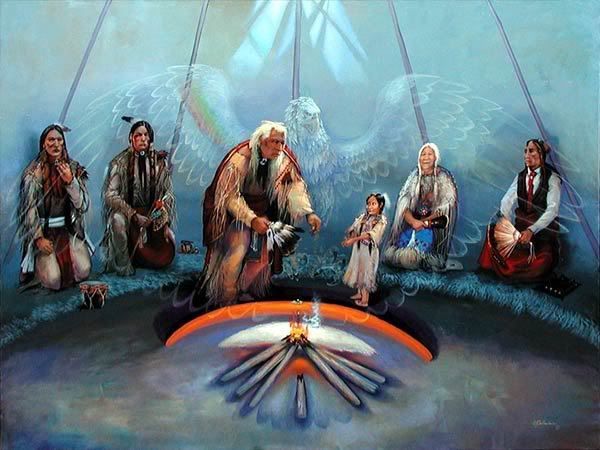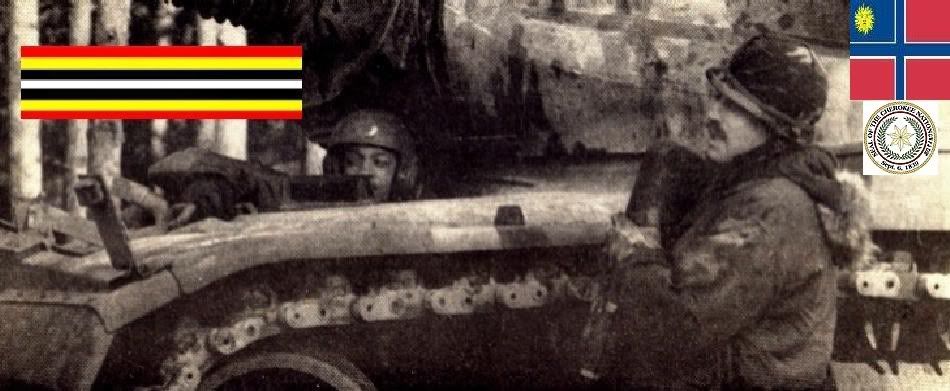|

Chief Quanah Parker
Warriors Citation
Quanah Parker was the last Chief of the Comanches and never lost a battle to the white man. His tribe roamed over the area
where Pampas stands. He was never captured by the Army, but decided to surrender and lead his tribe into the white man's culture,
only when he saw that there was no alternative. His was the last tribe in the Staked Plains to come into the reservation system.
Quanah, meaning "fragrant," was born about 1850, son of Comanche Chief Peta Nocona and Cynthia Ann Parker, a white girl taken
captive during the 1836 raid on Parker's Fort, Texas. Cynthia Ann Parker was recaptured, along with her daughter, during an
1860 raid on the Pease River in northwest Texas. She had spent 24 years among the Comanche, however, and thus never readjusted
to living with the whites again. She died in Anderson County, Texas, in 1864 shortly after the death of her daughter, Prairie
Flower. Ironically, Cynthia Ann's son would adjust remarkably well to living among the white men. But first he would lead
a bloody war against them. Quanah and the Quahada Comanche, of whom his father, Peta Nocona had been chief, refused to accept
the provisions of the 1867 Treaty of Medicine Lodge, which confined the southern Plains Indians to a reservation, promising
to clothe the Indians and turn them into farmers in imitation of the white settlers. Knowing of past lies and deceptive treaties
of the "White man", Quanah decided to remain on the warpath, raiding in Texas and Mexico and out maneuvering Army Colonel
Ronald S. Mackenzie and others. He was almost killed during the attack on buffalo hunters at Adobe Walls in the Texas Panhandle
in 1874. The U.S. Army was relentless in its Red River campaign of 1874-75. Quanah's allies, the Quahada were weary and starving.
Mackenzie sent Jacob J. Sturm, a physician and post interpreter, to solicit the Quahada's surrender. Sturm found Quanah, whom
he called "a young man of much influence with his people," and pleaded his case. Quanah rode to a mesa, where he saw a wolf
come toward him, howl and trot away to the northeast. Overhead, an eagle "glided lazily and then whipped his wings in the
direction of Fort Sill," in the words of Jacob Sturm. This was a sign, Quanah thought, and on June 2, 1875, he and his band
surrendered at Fort Sill in present-day Oklahoma. Not only did Quanah pass within the span of a single lifetime from a Stone
Age warrior to a statesman in the age of the Industrial Revolution, but he accepted the challenge and responsibility of leading
the whole Comanche tribe on the difficult road toward their new existence. Quanah was traveling the "white man's road," but
he did it his way. He refused to give up polygamy, much to the reservation agents' chagrin.

Reservation agents being political appointees of the Federal Government, their main concern was to destroy all vestiges of
Native American life and replace their culture with that of theirs. Quanah Parker also used peyote, negotiated grazing rights
with Texas cattlemen, and invested in a railroad. He learned English, became a reservation judge, lobbied Congress and pleaded
the cause of the Comanche Nation. Among his friends were cattleman Charles Goodnight and President Theodore Roosevelt. He
considered himself a man who tried to do right both to the people of his tribe and to his "pale-faced friends". It wasn't
easy. Mackenzie appointed Quanah Parker as the chief of the Comanche shortly after his surrender, but the older chiefs resented
Parker’s youth, and his white blood in particular." And in 1892, when Quanah Parker signed the Jerome Agreement that
broke up the reservation, the Comanche were split into two factions: those who realized that all that could be done had been
one for their nation; and those who blamed Chief Parker for selling their country." Quanah Parker died on February 23, 1911,
and was buried next to his mother, whose body he had reinterred at Ft. Sill Military cemetery on Chiefs Knoll in Oklahoma
only three months earlier. For his courage, integrity and tremendous insight, Quanah Parker’s life tells the story of
one of America's greatest leaders and a true warrior Hero. From: historical accounts & records


LINK TO BRAVEHORSE WARRIORS VOLUME TWO
|

